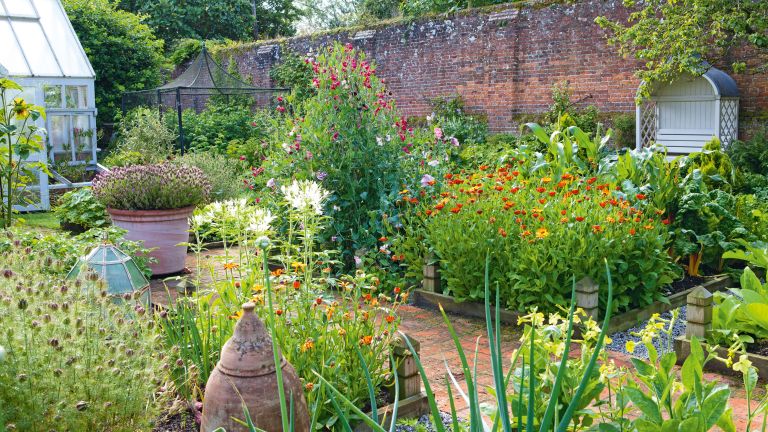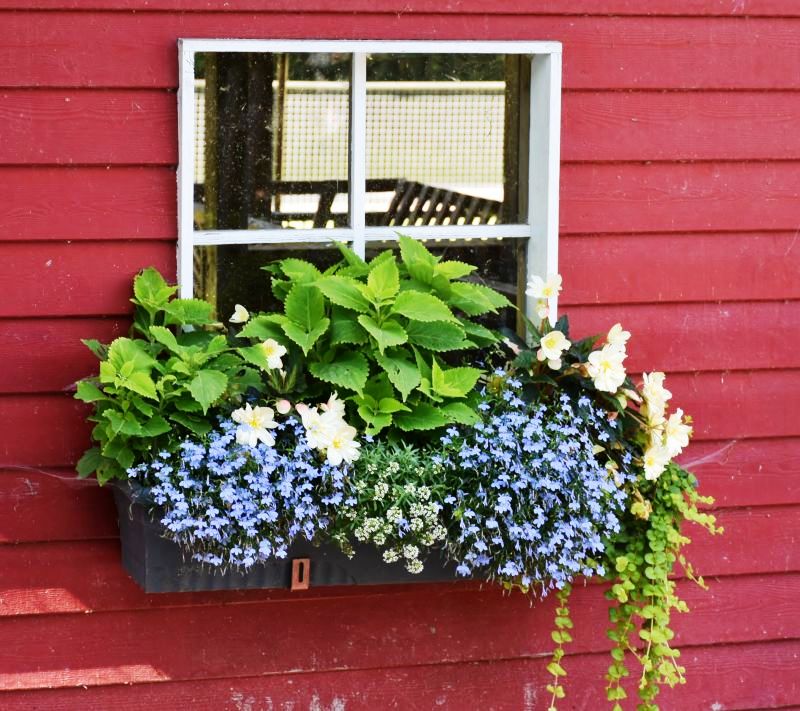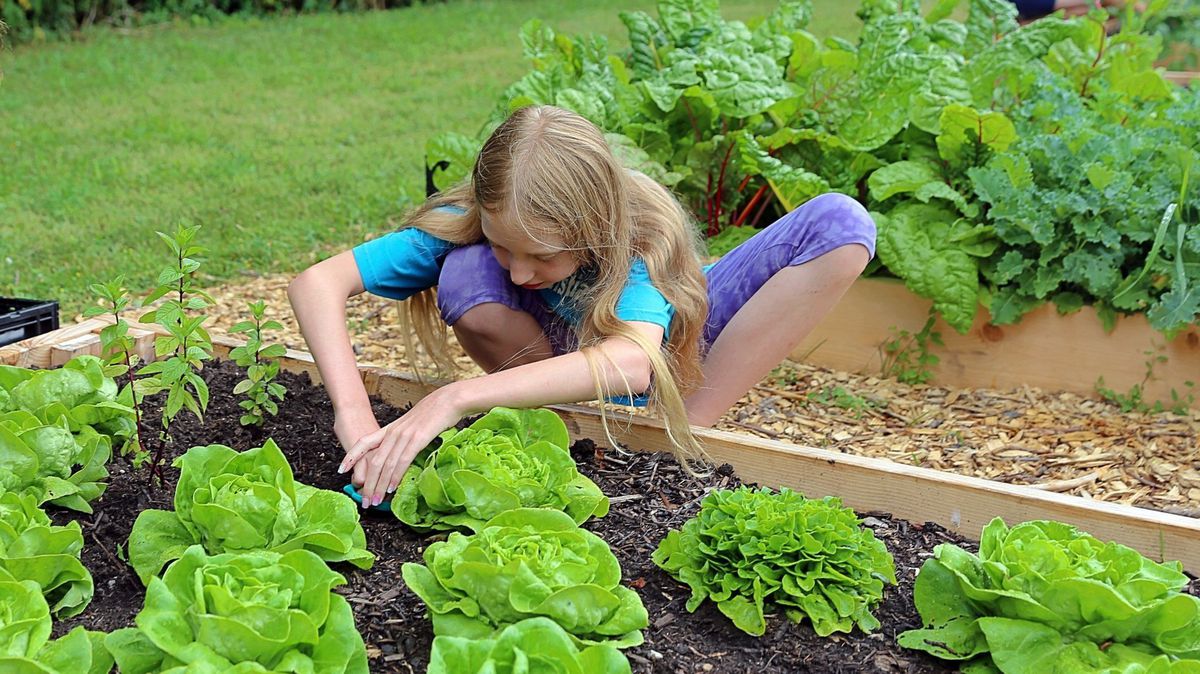The earth is warming up. It seems that most scientists think that humans are at least partially responsible. If the scientists are right, we all need to work together to reduce the amount of CO2 we put into the atmosphere.
The main sources of human-made greenhouse gases are transportation, home heating, and industry. If you are serious about reducing how much humans contribute to global warming, go for reductions in these three major sources of CO2. If you want to do everything you can to lower your contribution to CO2, make smaller reductions, such as planting a tree, using garden tools that don’t run on gasoline, and not cutting the grass so often.

Regardless of whether humans are a significant cause of global warming, it seems inevitable that the earth has warmed and will continue to warm.
As the earth warms, food supplies may decrease due to drought and other factors associated with higher temperatures. A garden gives you a food source that can make up for shortages in the current food supply system. If food shortages occurred, food prices would rise sharply. Food from the garden could become very practical for many people.
Having a food garden reduces the amount of CO2 put into the air because it is not shipped and refrigerated. Gardening is good exercise, and it is an enjoyable hobby. For me, gardening is insurance against a possible sharp increase in food prices caused by any of several possibilities – global warming, severe pandemic, war, plant disease, or some unsuspected cause.
Gardening is already a risky business. Late spring frosts, drought, plant diseases, insect infestations…. the list of what can and often does go wrong is endless. Global warming may exacerbate some of the pitfalls of gardening. Worse droughts are predicted. There could be more giant storms and more temperature fluctuations, such as late spring frosts, heatwaves, and early fall frosts. So it seems wise to adopt gardening practices that will allow your garden to thrive despite climate change.
As temperatures rise, plants need more water. Choose drought-resistant plants for more reliable harvests. Examples include black peas, tepary beans, asparagus, okra, and tomatoes. Somewhat tolerant of drought are squash, cabbage, New Zealand spinach, and asparagus bean.
Another strategy is to grow fast-ripening vegetables that can be planted early to ripe before summer drought. This applies to short-season peas, spinach, and corn. Some vegetables do much better in the cool of fall. I sometimes grow vegetables in the fall are beets, carrots, cabbage, Brussels sprouts, lettuce, and broccoli.
Deep soil holds water longer than a thin layer of soil. If you add another half-foot of topsoil, you can tolerate drought better if your topsoil is now half a foot or less thick.

Grow a variety of vegetables. In a cool, wet year, tepary beans may die in clay soil, but kohlrabi will flourish. When fava beans are blooming, hot weather will cause the flowers to die, but tomatoes will not suffer. If bean beetles destroy your green beans, peas will be unchanged. A late spring frost will not harm peas or spinach. Early frosts in the fall cause little or no damage to kale, cabbage, Brussels sprouts, and rutabagas.
You can reduce water use by using drip irrigation instead of sprinklers. Adding straw mulch will keep the moist soil longer after watering. Watering very early in the day means less is lost to evaporation.
A gardener is very concerned with how their food is produced and how the many factors of nature combine to make it possible to grow food. Somehow, this makes food more appreciated and enjoyed.
Gardening is an enjoyable and satisfying hobby that can become very practical.


